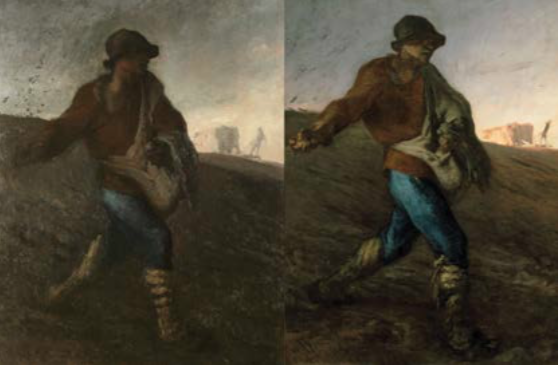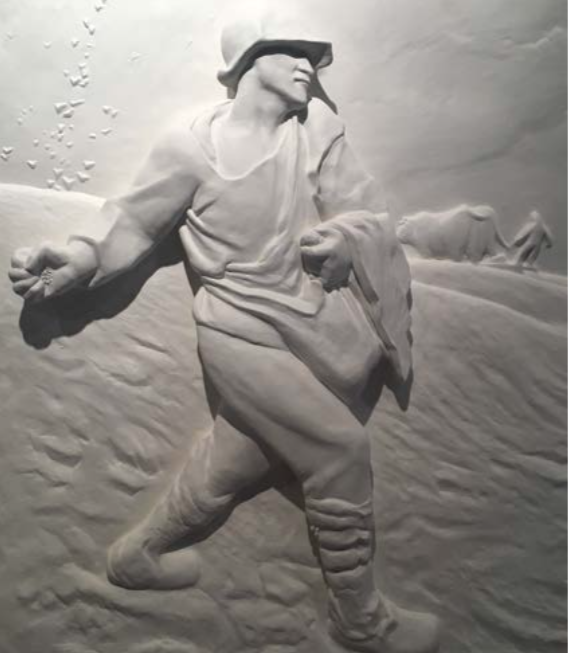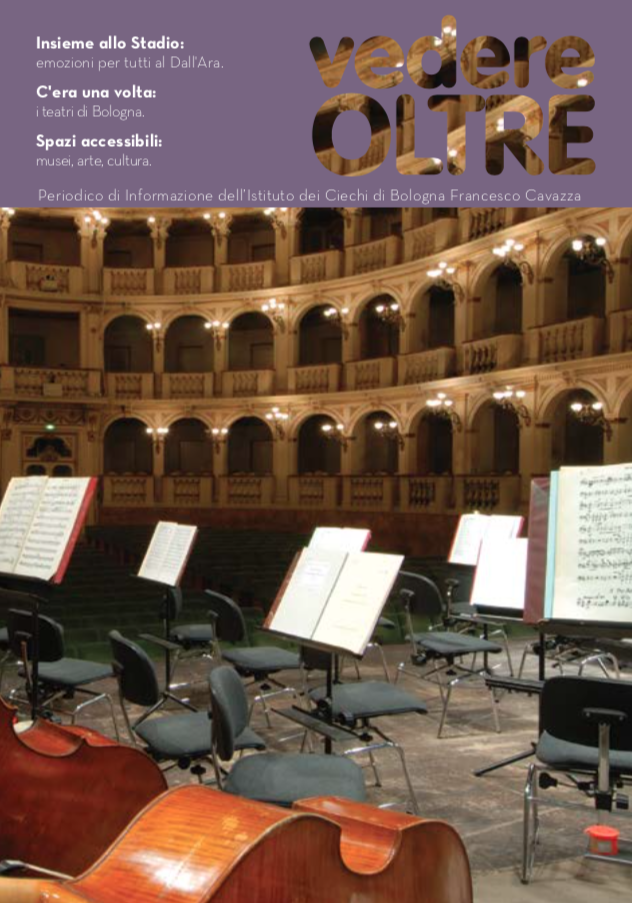The phrase introducing this article is the title of a famous essay by Umberto Eco, published by Bompiani in 2003, which deals with the concept of arbitrariness and responsibility in rendering, in a language other than the original one, of a literary work and of every text (verbal and visual) with poetic and aesthetic value. The well-known semiologist, who died in 2016, and who in his life produced a lot of translations and whose works were widely translated, wondered how to preserve, maintain and pass on a sometimes untranslatable expression. How to choose the aesthetic equivalent, admitting that in the principle of "almost" there is the limit and the potential of any shared semantics?
This introduction could help us understand how difficult it is to export and import forms and contents of poetic value, without incurring the risk of improperly undermining the meaning and providing unjust approximations. Recently, the tactile museum Anteros collaborated with Japan's Yamanashi Prefectural Museum of Art to create an accessible itinerary for blind and visually impaired people. The works of art translated into bas relief is The Sower by Jean-François Millet, a French artist of the nineteenth century. There exist two versions of this painting: one is exhibited in Boston, in the United States, and the other is in Japan.

What seemed obvious and easy to assimilate proved to be a subject of research far from simple. There were quite a few discussions and considerations with our colleagues of the rising sun, in order to find an agreement on the ideal methods of haptic perception and didactic supports to adopt in the teaching context of a museum to guarantee an authentic and non-stereotyped understanding of the works of art. The sharing of non-overlapping perceptive methods between different cultures and respective cognitive models of reference requires the respect of the different concepts of aesthetic quality and teaching us to look for a common denominator between feeling and understanding a style. The very use of expressive and iconic gestures, necessary to decipher, decompose and recompose, in this specific case, a simple sowing technique, has required discipline in the historical reconstruction of ancient rural customs in order to be able to translate a gestural dynamic into a plastic and intuitive mental image. Thanks to proprioceptive and kinesthetic actions supporting the tactile exploration of the bas relief designed and produced to translate the painting into plastic values, and thanks to the translation of the image into a verbal description, a coherent relationship was reached between form and content.

What we experienced was important. It taught us that no method can be automatically exported or imported, from a geographical context to another, without objective criticism, without appropriate adaptation to the target audience. The fruitful collaboration with researchers from Japan has allowed us to learn the value of formal and communicative essentiality. Often the apparent evidence hides subtler logic and contents, which require both humility and interpretative accuracy. The Sower is a metaphor for what is seen only in part as what it will be, something that can emerge or remain hidden. Not all seeds take root: some suffocate in the earth, while remaining substance, others are torn from the ground by the birds that feed on them, others sprout according to plans. They all have function and dignity in the inalienable and never entirely predictable cycle of existence which transcends all human will.





.png)